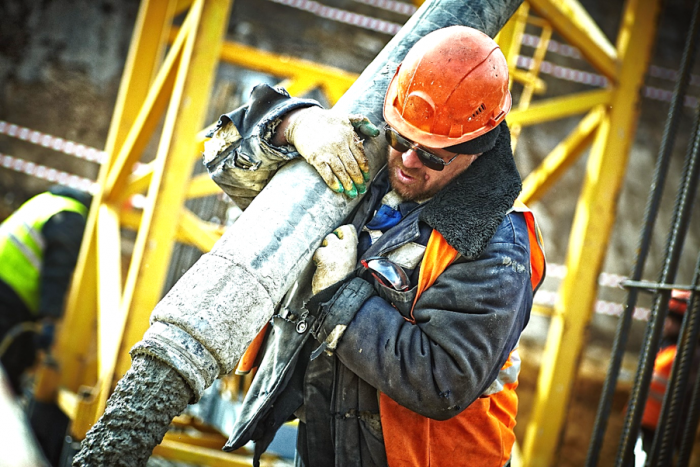Beards in the Workplace

Did you know that beards, stubble and facial hair of any kind can interfere with your tight-fitting RPE (Respiratory Protective Equipment)?
“The presence of facial hair in the region of the faceseal will significantly reduce the protection provided” – Health and Safety Executive, OC282/28
Supported by a number of scientific tests and studies, this fact led the European Standard EN 529 (annex D.4.2) to advise that tight-fitting facepieces should only be worn by someone who is clean shaven. That is, someone who has shaved within 8 hours of starting their shift.
The problem
But many people in industry don’t need to wear RPE all of the time. In fact, some days you might not even know you’ll need to wear RPE until you start your shift. With this in mind, we’re often asked the question:
What should I do about shaving if I don’t know when I’ll need to use RPE?
Below we take a look at three possible approaches to beards in the workplace:
Ban the beard
Some organisations have decided, in order to ensure the safety of their workforce and guarantee no breaches of compliance, that a companywide ban on facial hair in the workforce is the answer.
Construction firm Mears is one such company, stating that the beard ban was to ensure all worked could “wear appropriate dust masks effectively”.
Explaining the decision, Mark Elkington said to the Guardian newspaper:
“Every employer in the UK has a legal responsibility to ensure that employees working in dusty or otherwise potentially hazardous environments are properly protected and in recent years employers have been prosecuted for failing to fulfil this duty.
“If one of our workers suffers respiratory illness as a result of a poor fitting mask then that is our responsibility and we place the safety of our workers at the top of the priority list.”
However, it’s important to remember that being clean-shaven isn’t the only requirement for wearing tight-fitting RPE, as even without facial hair the mask you’ve selected might not fit your face. You must pass a Fit Test on the make and model of tight-fitting RPE before wearing it in the workplace to ensure it fits and will work effectively.
Abstain
Although forced shaving could work for the majority of the workforce, it won’t work for everyone. What about those who cannot clean shave for religious or medical reasons?
Another possible response is to excuse bearded workers from tasks that require RPE.
While this option is certainly better than sending employees into potentially hazardous situations unprotected; many organisations simply do not have the numbers to allow members of their workforce to abstain from such activities. And in some cases, that staff member may be the only person qualified to do the task.
The solution
Since a beard-ban would not work for everyone and that excusing staff from RPE-required situations is not always practical, what’s left?
A third option, which overcomes the shortcomings of the first two, is powered respirators with loose-fitting helmets/hoods.
Usable both by people who have beards and by people who have not been Fit Tested, loose-fitting respirators are an ideal solution for people who do not regularly require RPE, have a beard or have not been Fit Tested.
Unlike tight-fitting masks, these respirators rely on powered fans to force contaminated air through a filter and circulate it within a hood or helmet. Due to the force of the air flow, contaminated air cannot enter into the breathing area despite there being no tight-fitting seal.

